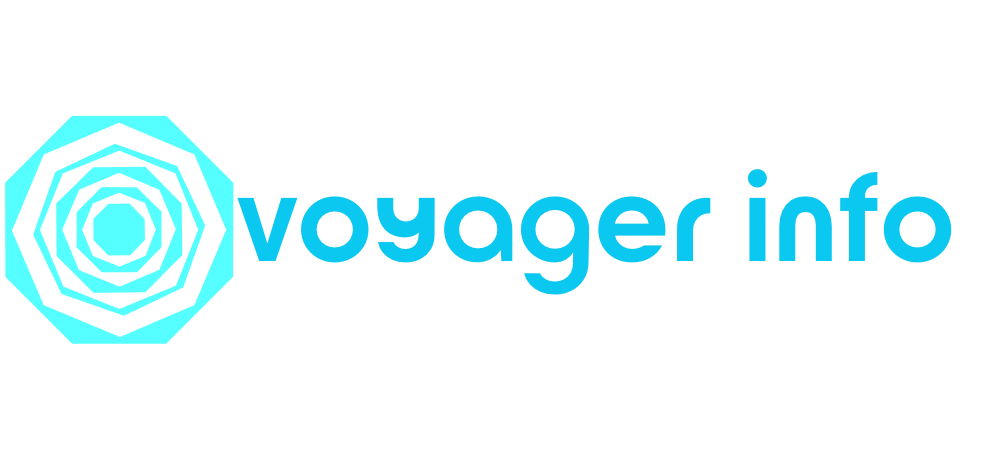Embracing diversity and inclusion in your workplace transforms it into a more innovative and fair environment. By appreciating different backgrounds and fostering cultural awareness, you create a space where everyone feels valued and respected. Addressing unconscious biases through ongoing training and structured processes helps promote fairness and equitable opportunities. Making continuous efforts, like celebrating diverse traditions, boosts team cohesion and morale. Keep exploring how these practices can further enhance your organization’s success and growth.
Key Takeaways
- Foster a culture where diverse perspectives are valued and respected to enhance innovation and decision-making.
- Implement bias mitigation strategies like structured interviews and diverse hiring panels to promote fairness.
- Increase cultural awareness through ongoing training, celebrations, and open conversations about differences.
- Encourage continuous efforts to create an inclusive environment that supports team cohesion and employee well-being.
- Recognize that embracing diversity benefits organizational growth, morale, and overall workplace success.

Have you ever wondered how diversity and inclusion can transform your workplace? When you prioritize these values, you’re opening doors to a richer, more innovative environment where different perspectives thrive. Central to this transformation is cultivating cultural awareness—an understanding and appreciation of the varied backgrounds, traditions, and experiences that your team members bring. By actively working on cultural awareness, you help create a space where everyone feels valued and respected, regardless of their race, ethnicity, gender, or life experiences. This isn’t just about being politically correct; it’s about recognizing the unique strengths each person offers and leveraging those differences to drive your organization forward. Incorporating vetted practices ensures that your efforts are effective and meaningful. Bias mitigation plays a vital role in this process, too. Unconscious biases—those automatic assumptions or stereotypes we all carry—can subtly influence decisions, from hiring to daily interactions. If left unchecked, these biases can create barriers and perpetuate inequities, undermining your efforts toward an inclusive culture. To mitigate bias, you need to be proactive. This means educating yourself and your team on how biases form and how they can affect judgment. Implementing structured decision-making processes, like standardized interview questions or diverse hiring panels, can help reduce the influence of subconscious prejudices. Additionally, encouraging open conversations about bias creates a safe environment where team members feel comfortable sharing their experiences and perspectives, fostering greater empathy and understanding.
Prioritizing diversity and inclusion unlocks innovation by fostering cultural awareness and respecting unique team strengths.
In practical terms, fostering cultural awareness and bias mitigation requires ongoing effort. For example, you might organize training sessions that focus on cultural competence, helping your team recognize their own biases and learn to navigate cultural differences effectively. Creating policies that promote equitable opportunities and fair treatment sends a clear message that diversity is a priority. Celebrating different cultural holidays or traditions can also deepen understanding and appreciation among team members. These actions not only improve team cohesion but also boost morale, as employees feel seen and appreciated for who they are.
Embracing diversity and inclusion isn’t a one-time initiative; it’s a continuous journey. When you commit to enhancing your cultural awareness and actively mitigate bias, you lay a strong foundation for a workplace where everyone can succeed. This approach leads to better decision-making, increased innovation, and a more positive, dynamic work environment. Ultimately, by valuing differences and fostering an inclusive culture, you create a space where everyone has the opportunity to thrive, helping your organization reach new heights.
Frequently Asked Questions
How Can Small Companies Implement Diversity Initiatives Effectively?
To implement diversity initiatives effectively, you should start with cultural awareness training for your team, helping everyone understand different perspectives. Focus on inclusive hiring practices by broadening your candidate pool and removing biases from your selection process. Regularly assess your policies and gather feedback to improve inclusivity. Small companies can make a big impact by fostering an environment where all employees feel valued and respected, encouraging diverse talent to thrive.
What Are Common Challenges Faced During Diversity and Inclusion Efforts?
When tackling challenges during diversity and inclusion efforts, you often face bias awareness and cultural sensitivity issues. You might encounter resistance from employees or struggle to foster genuine understanding. It’s essential to address unconscious biases and promote open dialogue. By providing training and encouraging empathy, you can overcome these hurdles, creating a more inclusive environment where everyone feels valued and respected.
How Can Leadership Demonstrate Genuine Commitment to Diversity?
You can demonstrate genuine commitment to diversity by practicing authentic leadership, showing honesty and transparency in your actions. Foster cultural awareness by actively listening to different perspectives and promoting inclusive policies. Lead by example, celebrating diverse voices and holding yourself accountable. When you prioritize understanding and equity, your team will see your authentic dedication, inspiring others to follow suit and creating a more inclusive, respectful environment.
What Metrics Best Measure Success in D&I Programs?
Measuring success in D&I programs is like tracking a river’s flow—continuous and evolving. You should focus on metrics like employee engagement scores, which reveal overall inclusion, and cultural awareness assessments that show how well staff understand diverse perspectives. Monitoring representation data in leadership and retention rates of underrepresented groups also provides concrete evidence of progress. These metrics help you see whether your initiatives truly foster an inclusive, respectful environment.
How Does Diversity Impact Overall Workplace Productivity?
Diversity boosts workplace productivity by fostering cultural awareness and encouraging innovative ideas. When you embrace diverse perspectives, you reduce bias, creating a more inclusive environment. This leads to better collaboration, problem-solving, and decision-making. Your team becomes more adaptable and motivated, ultimately driving higher performance. By valuing different backgrounds and experiences, you cultivate a workplace where everyone can thrive, enhancing overall productivity and organizational success.
Conclusion
By embracing diversity and inclusion, you’re shaping a vibrant tapestry where every thread matters. When you open your mind and heart, you create a workplace that’s as rich and colorful as a blooming garden, full of endless possibilities. Remember, your efforts are the seeds that grow understanding and respect, turning your environment into a sanctuary where everyone can thrive. Together, you’re not just building a team—you’re cultivating a future where unity blossoms from every unique perspective.










